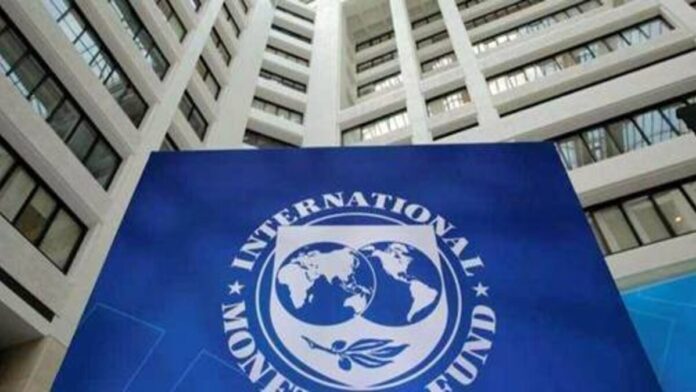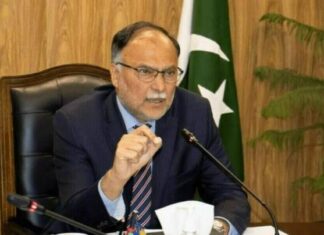ISLAMABAD: The conclusion of Pakistan’s $3 billion standby arrangement with the International Monetary Fund (IMF) has coincided with a steep increase in the nation’s budget deficit, reaching Rs4.33 trillion for the current fiscal year’s July-March period. This spike raises concerns over the efficacy of IMF-prescribed policies intended to bolster Pakistan’s economic stability.
The Ministry of Finance revealed on Tuesday that despite a primary surplus reaching 1.8% of GDP in the first half of fiscal year 2024—a figure praised by IMF Deputy Managing Director Antoinette Sayeh—the broader economic scenario remains challenging. A key issue is the country’s historic high interest rate of 22%, which has consumed around 60% of the budget.
Interest payments alone during this period amounted to Rs5.52 trillion, surpassing the government’s net income by Rs205 billion. This indicates reliance on new borrowing to manage these payments, showing a 54% increase over the previous fiscal year.
The high interest rates, which are part of IMF’s strategy to control inflation, have not been as effective as hoped. Inflation rates have been revised to an anticipated 24.8%, and the cost of domestic debt servicing has risen to Rs4.8 trillion in the nine months.
However, Pakistan did achieve a primary budget surplus of Rs1.2 trillion, meeting the IMF’s conditions but excluding the large interest payments that exceed total net income, contributing to the country’s escalating debt.
Including interest costs, the federal budget deficit climbed to 4.1% of GDP, a 23% increase amounting to Rs803 billion compared to the previous year. Total federal spending also surged by 38% to Rs9.6 trillion, with current expenditures up by 40% to Rs9.3 trillion.
Significant rises were also noted in defense spending, which increased by 22% to Rs1.22 trillion. The cumulative burden of debt servicing and defense obligations totaled Rs6.74 trillion, surpassing the government’s net income.
The government allocated Rs473 billion for subsidies and slightly reduced development expenditures to Rs322 billion. In a positive turn, non-tax revenues saw a dramatic 95% increase to Rs2.4 trillion, primarily driven by revenue from the petroleum levy which totaled Rs719 billion. Profits from the central bank also remained robust at Rs972 billion.
The Federal Board of Revenue reported a 30% increase in tax collection, bringing in Rs6.7 trillion over nine months and raising gross federal revenue receipts to Rs9.1 trillion. Yet, after distributing provincial shares, the net income of the federal government stood at only Rs5.3 trillion, insufficient to cover the soaring interest payments.
Sayeh emphasized the importance of continuing reforms, particularly in the energy sector, where Pakistan has made strides in stabilizing circular debt through better tariff management and collection improvements. However, further reforms are deemed crucial for addressing deeper systemic issues and ensuring sustainable economic health.

























The State Bank of Pakistan when devising the monetary policy doesn’t focus entirely on the inflation rate. The Fed rates are also kept into consideration.